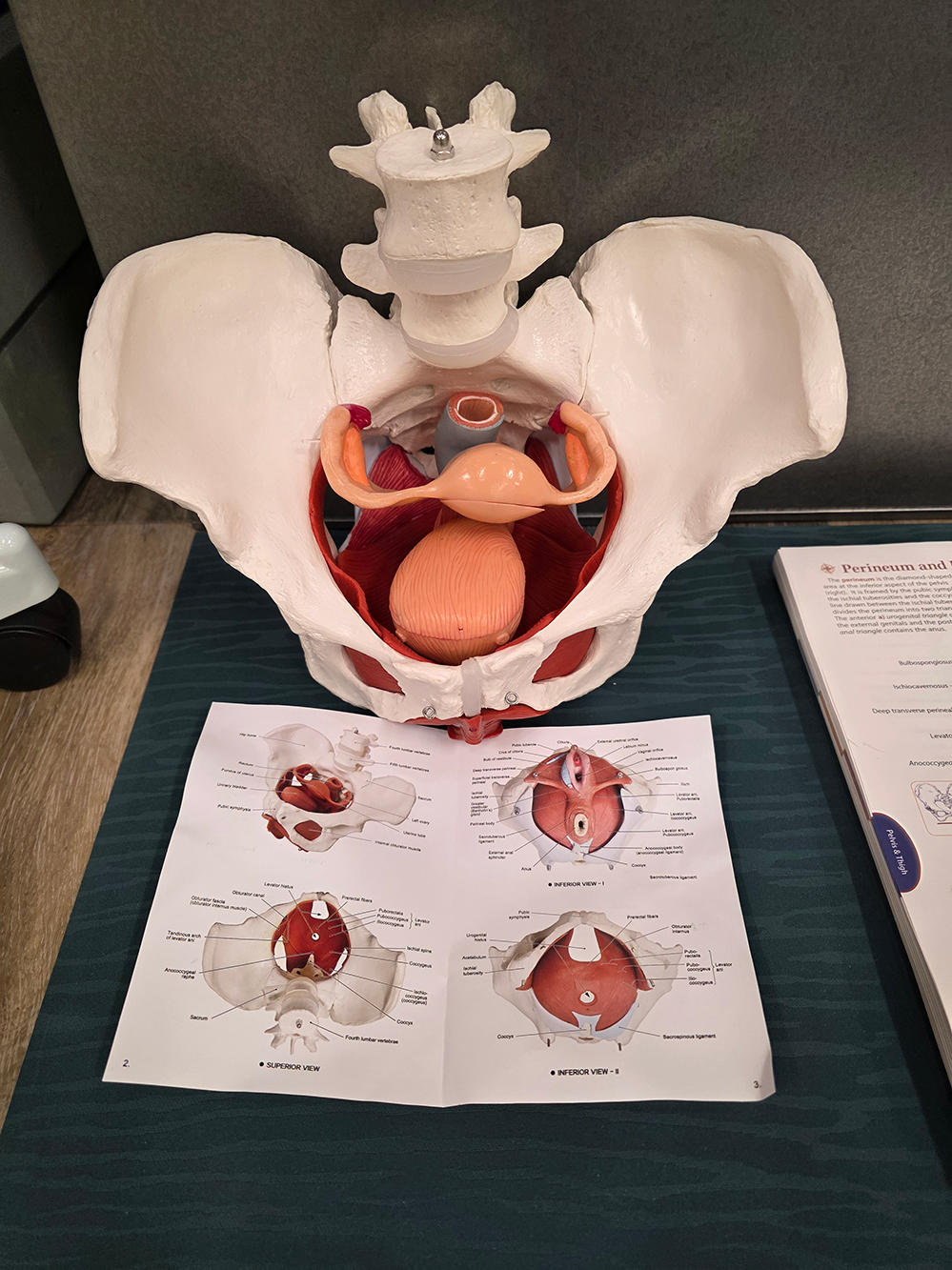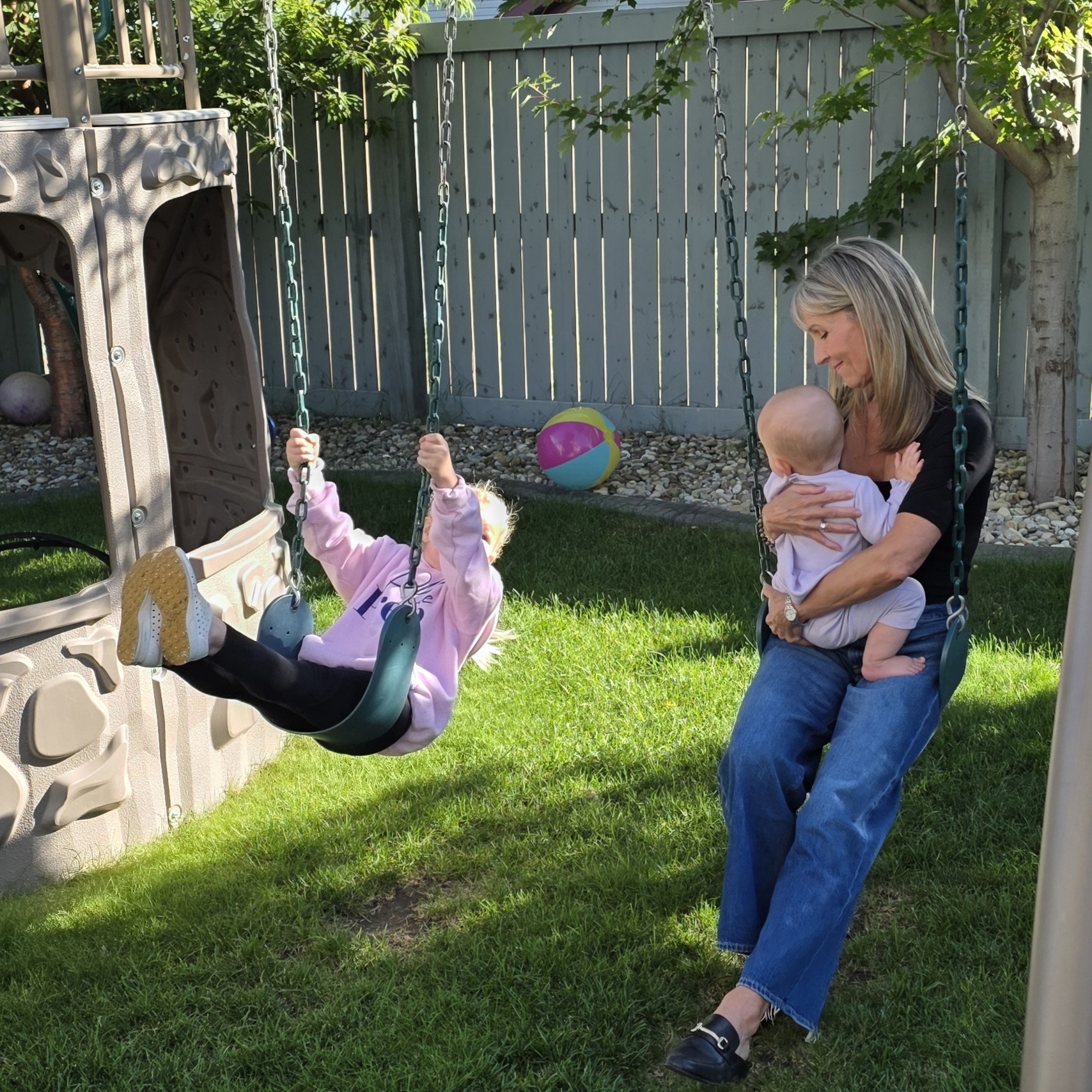Have you or someone you love been told this?
It's a phrase many people hear after a trip to the doctor for hip pain:
“Your joint is wearing out.”
It sounds final, scary - and for most people, it sounds like the beginning of a downhill slide into painkillers, injections, or surgery.
But what does it really mean? Is it true? And most importantly…what options does it leave you with?
Let’s unpack it.
Why Do Doctors Say Your Joints Wear Out?
Often, the phrase comes after you’ve described persistent or worsening hip pain. You might have had an old injury, or maybe it came out of nowhere. The doctor might prescribe an anti-inflammatory or send you for imaging - usually an X-ray or MRI.
When the results come in, they may point to “degenerative changes” and conclude that your hip joint is wearing out.
From there, they say they are looking for:
- Joint space narrowing (cartilage loss)
- Osteophytes (bone spurs)
- Subchondral sclerosis (thickened bone)
- Subchondral cysts (fluid pockets)
- Labral tears, synovial fluid, tendon changes
These terms sound alarming, and they often are treated as proof that the joint is on a path to inevitable failure.
But there are some serious problems with this conclusion.
What Diagnostic Imaging Misses
Structural Changes Don’t Always Cause Pain
People with zero pain often have joint degeneration on scans.
People in pain often have completely normal imaging.
Pain is not just about structure - it’s about function, load, movement, inflammation, and perception.
X-rays and MRIs Don’t Show How You Move
Your scan is static - it doesn’t show you walking, standing, rotating, or compensating.
It can’t detect fascial tension, postural imbalances, or how your muscles coordinate.
And after 1000s of hours of clinical experience working with Rouleau, the truth is that the way you move your body matters much more for long-term comfort than whether you have a labral tear or bone spur.
“Wearing Out” Language Can Make Things Worse
When you’re told your hip is degenerating, your brain may perceive more threat. You may avoid movement, fear damage, and spiral into more pain and less function.
This is called the nocebo effect - the opposite of a placebo. What you believe affects how you feel and heal.
MRIs See Everything - Including Things That Don’t Matter
MRIs are so sensitive, they pick up every little irregularity. Many findings are clinically irrelevant- just like smile lines on your face or calluses on your hands.
Radiologists Don’t Always Agree
Imaging results vary between readers. One radiologist may see a problem where another sees none. That’s how subjective this can be.
So what’s the truth?
Joints Don’t “Wear Out” - They Adapt
The idea that your joint is like a tire that gradually wears down is simply false.
Your joints are made of living tissue that adapts to stress, changes, and healing.
Bone remodels. Cartilage responds to load.
Tendons regenerate. Fascia reshapes.
Your body is not mechanical - it’s biological, and it’s always healing and adapting.
What You Really Need To Know
Many medical professionals aren’t aware of your true healing potential - because their business model isn’t designed to support long-term healing, it's designed to eliminate current symptoms.
Consequently, they rely on a "standard of care" - one that’s been shaped by government institutions, insurance providers, regulatory bodies, and academic systems.
It’s an industry where billions of dollars change hands…yet the human being at the center - the person who actually needs help - is shuffled around like a number on a form.
So if your hip hurts and your doctor says it's 'worn out', you're not doomed.
Your X-ray or MRI is just one lens. To the extent that professionals agree with what they see in these scans, they only show you what something looks like - not how it feels or what’s possible in terms of recovery.
The real question is:
What’s happening in the rest of your body that’s affecting this joint - and what can you do about it?
And that's where Rouleau comes in.







